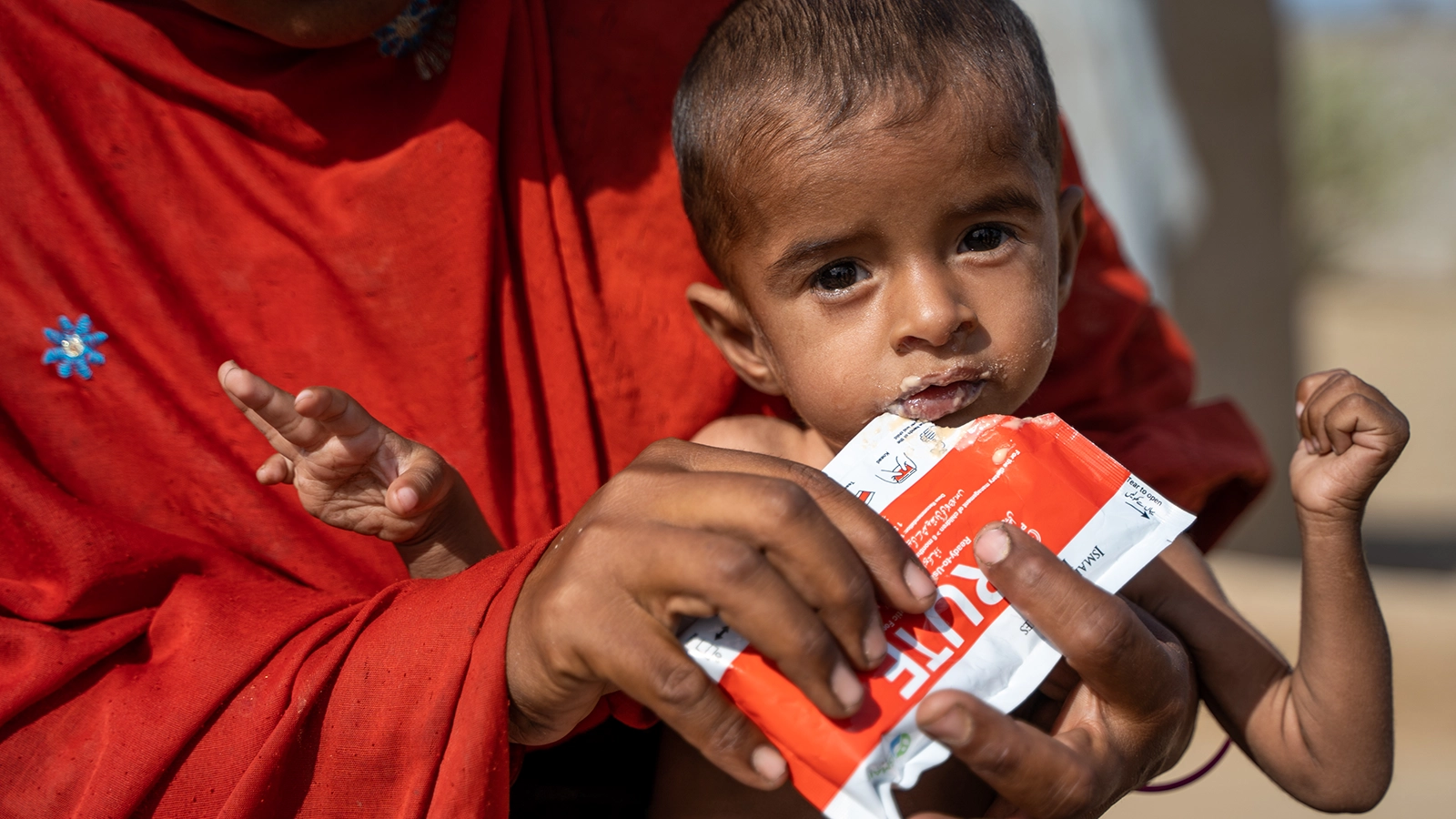2025 was the year of underconsumption. But before it was a trend, it was a way of life for humanitarian and development organizations like Concern — and for millions of people we work with. Here’s how fewer resources can transform lives.
Underconsumption core began to gain traction online last year, and became a dominant trend of this year (thanks in part to the related trend of No Buy 2025).
But long before it was an aesthetic, underconsumption was a fact of life for millions of people around the world. It’s also a philosophy that has driven humanitarian and development work for decades.

Underconsumption beyond the aesthetic
Ironically, an idea that came out de-influencing people from making impulse purchases via social media influencers became a popular topic among… influencers.
This can ultimately be a net-positive in a world of overconsumption. But, as culture reporter Christianna Silva wrote last year, the trend quickly became “another form of consumerism that keeps us tethered to the same cycle.”
The reality behind underconsumption is that, for the 700 million people living below the poverty line in 2025, it’s not an aesthetic — or even a choice. It’s not having enough food to make three meals each day. It’s not having the fees to pay for school, uniforms, or supplies. It’s not being able to get out of conflict zones, and having to pay exorbitant prices for basic staples due to inflation. It’s hundreds of millions of people doing all they can to stay in place, while slipping further behind due to circumstances beyond their control.
Efficiency by necessity
While underconsumption is associated with the effects of poverty, it also has a more constructive meaning that has defined its current online trend: finding ways to maximize impact with often minimal resources. That’s often a big factor in humanitarian response, where we have to find alternative solutions to complex issues.
For instance, the best way of measuring malnutrition in a child is through comparing their weight to their height. However, that means having access to a calibrated scale and the ability to get to a nearby clinic — things not always guaranteed in rural or remote areas. As an alternative, we can measure a child’s mid-upper-arm circumference (MUAC). A $0.10 MUAC tape strip will handle that measurement and provide color-coded feedback: A measurement in the red zone indicates a likely case of malnutrition.
These are efficiencies by necessity — a necessity we’re feeling even more in 2025 amid ongoing crisis fatigue and chronically-underfunded humanitarian crises. They also reflect one of the keys to doing more with less: having a plan. “A good [emergency] response is planned out before it happens,” says Kirk Prichard, Vice President of Programs at Concern Worldwide US.

It’s not about reinventing the wheel (or, how a chocolate-hazelnut spread helped us to reduce hunger rates)
The real underconsumption is about finding ways to repurpose what already works in order to solve specific problems. At Concern, this is what led to the creation of Community Management of Acute Malnutrition (CMAM). Before the early 2000s, malnutrition was treated at feeding centers — cost- and resource-intensive outposts that were often hard to reach for many families and also vulnerable to targeted attacks in conflict areas. The treatments revolved around fortified milk, meaning that the centers also needed electricity, refrigeration, and clean water.
When a French pediatrician sat down to breakfast one morning, however, the jar of Nutella on his kitchen table gave him an idea: What if we could develop a treatment for malnutrition that relied on a shelf-stable, fortified nut paste that didn’t require refrigeration or guaranteed access to clean water? Plumpy’Nut was the result of that brainstorm, and it became the basis of CMAM — decentralizing the treatment of malnutrition among children and making it easier for families to get the resources they needed to measure and address cases of malnutrition closer to home. A full course of treatment is also incredibly cost-effective at $50.
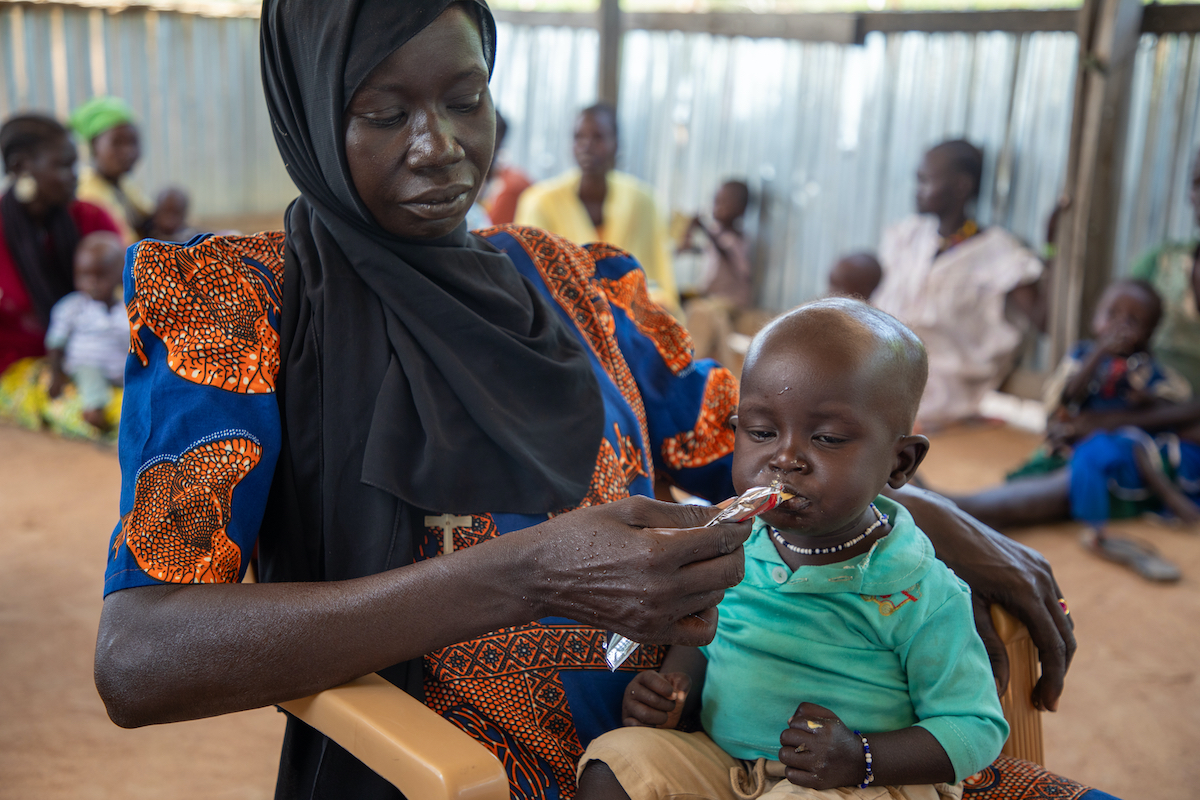
Sustainable innovation in action
CMAM is now the gold standard, as determined by the World Health Organization, for monitoring and treating acute malnutrition. Its genius doesn’t lie in novelty, but rather how it adapted existing items and made them accessible to those who needed them the most.
Here are four other innovations that have done more with less:
1. Veronica buckets
This has been the real trend behind many humanitarian innovations over the years. Ghanaian biologist Veronica Bekoe had a similar epiphany when trying to figure out how to make handwashing more effective in areas that don’t have a reliable source of clean running water. The solution at the time — washing hands in a communal bowl — “will do more harm than good,” Bekoe said.
A portable cooler provided Bekoe with a solution, one that now bears her name. Veronica buckets are buckets with a tap near the bottom that can be turned on and off like a faucet. A basin positioned below the bucket collects runoff that can be repurposed elsewhere. And it’s a simple enough design that communities can make and maintain them at home, not relying on imported products — all for less than $20.
2. Counting beads
Like MUAC tape, counting beads are a simple humanitarian innovation that serves a major purpose: diagnosing pneumonia. Among preventable diseases, pneumonia is one of the leading causes of death in children under the age of 5, and one that can be cured with the right preventative care.
That’s where a $1 string of beads comes in: For every breath a child takes in the span of one minute, their caregiver moves one bead along on the string. If they take too few or too many breaths, it will be easy to spot.

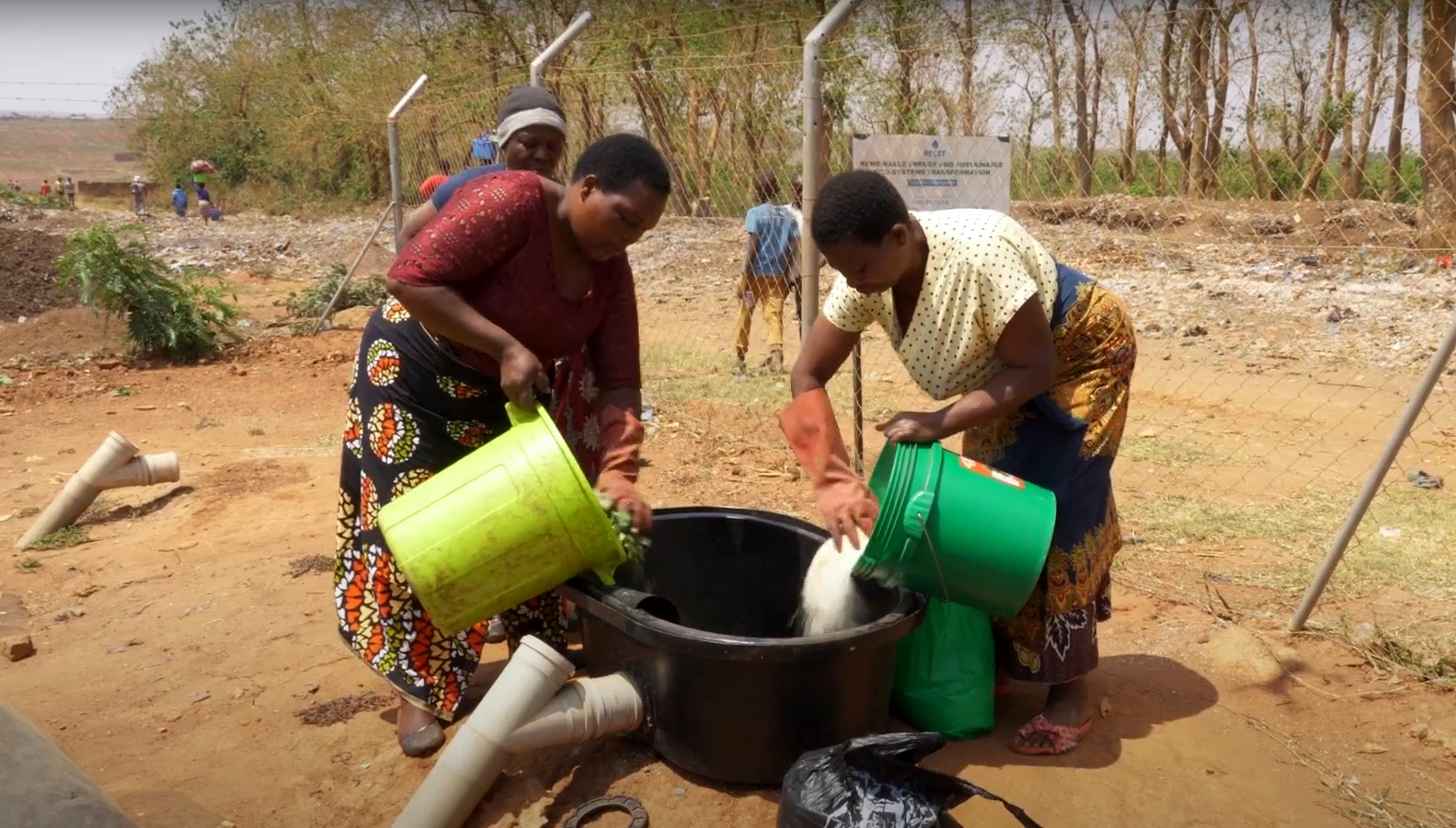
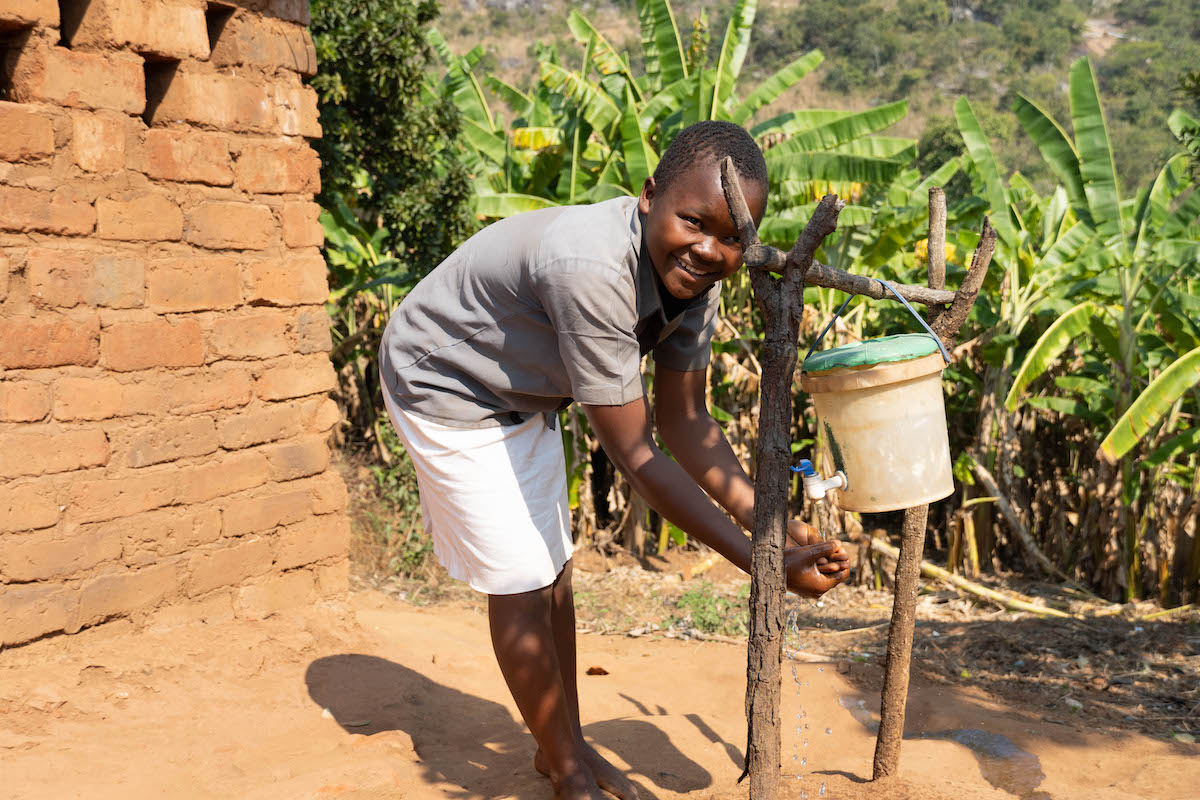
3. Gabion walls
The cost on Gabion walls can vary, but they are an innovation that goes back to Ancient Egypt and perhaps the original example of making the most out of what’s available: Using baskets or containers filled with stones, sand, dirt, and other natural materials, communities can build walls to help prevent land erosion or offer added security. They also boast a long shelf-life: As long as the container that holds the rocks remains intact, the wall will stay up.
4. Biogas
In Malawi, where over 80% of the population is employed by the agriculture industry, natural disasters and environmental risks are threatening the livelihoods of millions. In an effort to reduce their own greenhouse gas emissions, Malawian farmers have begun to use biogas — a sustainable source of energy that uses a sort of composting process to make cooking gas and fertilizer out of organic matter including food scraps and even human waste.
“It’s not waste until you waste it,” John Mchawa, a member of Malawi’s National Youth Network on Climate Change said to Concern’s Emma Kelly in 2022.
”It’s not waste until you waste it.”
The real lessons of underconsumption
After more than half a century of working in both humanitarian aid and development, our own track record of underconsumption has taught us four key lessons:
1. We aren’t defined by what we buy, but how we use it
Even the fanciest technology is useless if it isn’t solving both the problem at hand and the circumstances of a given community. Sometimes a bicycle-powered ambulance or traditional water pump are more effective — and will save more lives — than the higher-tech alternatives.
2. Repair before replace
It’s easy to throw something out when it doesn’t work, but it’s often just as easy to repair it, saving money and reducing waste in the process.
3. Community over consumerism
A lot of our work relies on community ownership and interaction, and what we’ve seen time and again is that in many areas, a community will happily support those members who need extra help. This is the guiding principle behind everything from CMAM to village savings and loans associations.
4. An ounce of prevention is worth a pound of cure
Planning saves both lives and resources, whether it’s for the expected or unexpected. This is both qualitatively and quantitatively true: Every $1 invested in disaster risk reduction can save $15 in recovery costs.
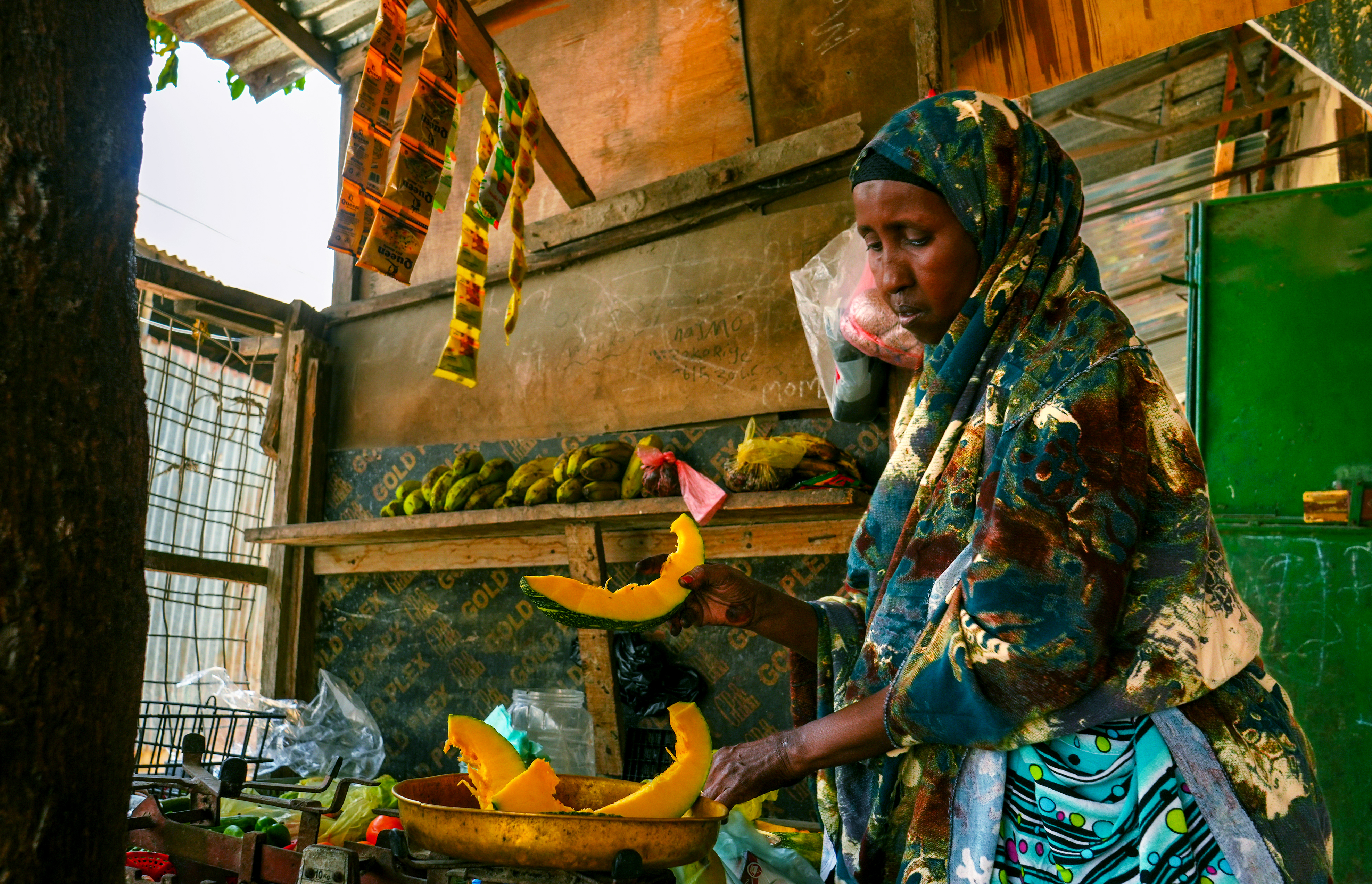
Underconsumption: Your concern in action
Concern is committed to doing as much as we can for as many as we can with everything we have. That’s why $0.93 of every dollar donated goes directly into our programs around the world.
While we aim for efficiency with every dollar spent, the reality we’re at in 2025 is that global aid cuts have left many people around the world without life-saving support — including 1 million children enrolled in our programs. Your tax-deductible donation could save lives.




